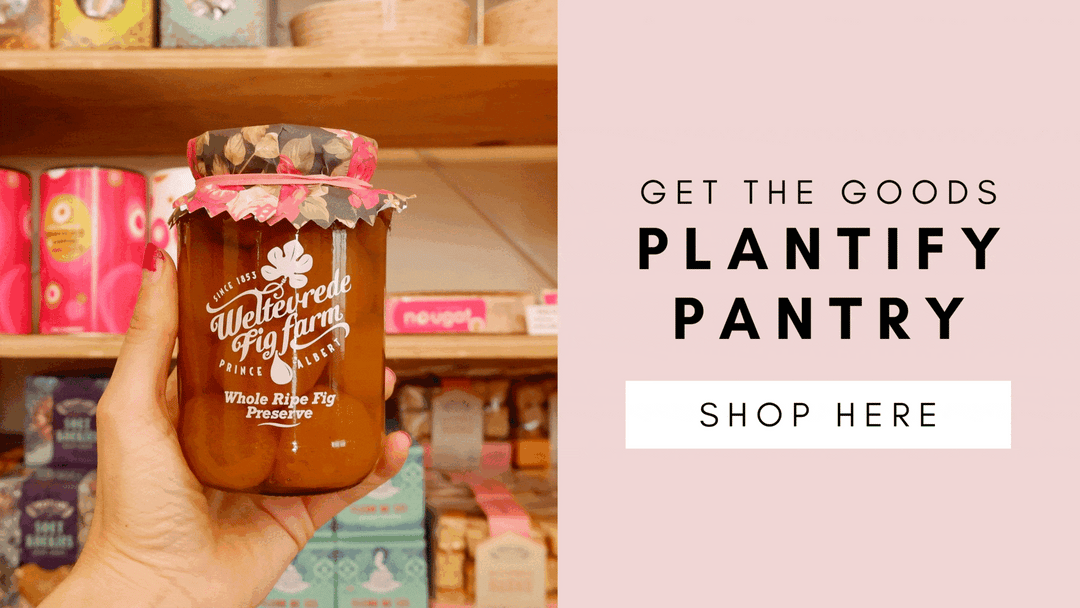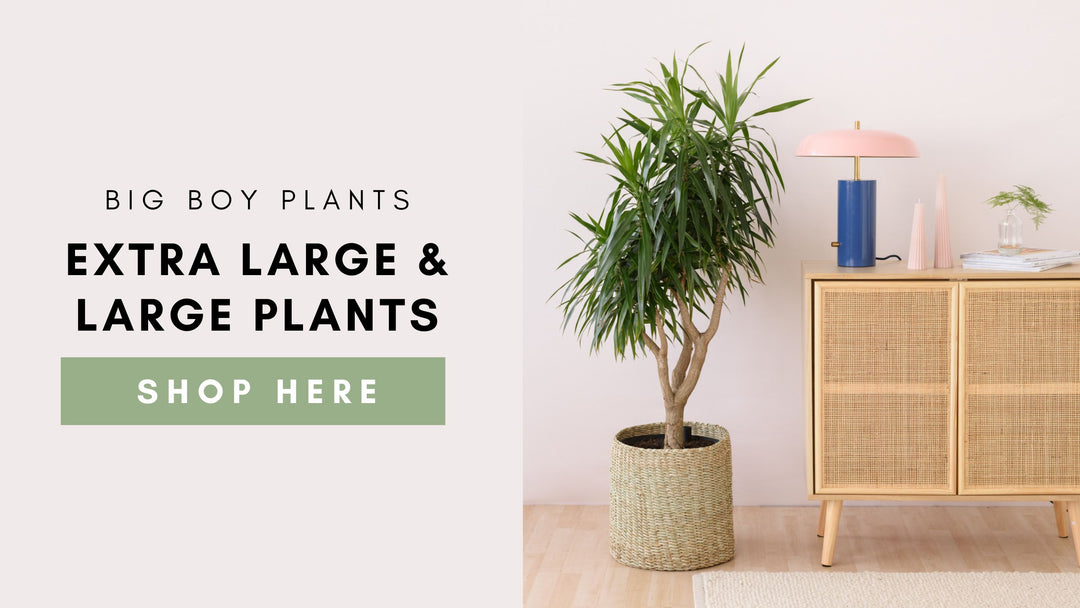Chinese Money Plant Care Instructions
Chinese Money Plant
Scientific name: Pilea Peperomioides
Synonyms: Pancake Plant, UFO Plant, Missionary Plant, Friendship Plant
Also known as the Pancake Plant, Missionary Plant, UFO Plant or just plain Pilea this adorable plant is originally from Southwestern China. They have a very distinctive look, with each new saucer-shaped leaf growing up and out from the crown of the plant. These discs can reach a diameter of 10cm!
Easy to take care of, these beauties are popular worldwide. Chinese Money Plants are easy to propagate, although the little plants that shoot off from the mother plant are slow growing – they are worth it! As the Chinese Money Plant doesn’t get very tall (about 20- 30cm) they are well suited as potted plants. As the plant gets older and taller, it becomes top heavy and the stem will begin to bend and twist, you can use this to your advantage and prop it up to create an interesting, twisted/curved stem or you can stake it upright for a straight-stemmed plant.
If you want a lush, full pot of Chinese Money Plant you can keep multiple plants in one pot which will create a lovely ‘bowlful’ look. This is achieved by either allowed the baby plants produced by the mother plant to continue growing in the pot or by planting multiple cuttings/baby plants together.
The Chinese Money Plant is a quick grower and, if given the correct amount of light, they can double in size each year. If you want to encourage fast growth you can re-pot your plant in a pot that is 2-5cm larger or be sure to fertilise regularly.
Please note: Chinese Money Plants are not considered Toxic.
Common Symptoms
- Leaves turning brown and crispy at edges can be caused by underwatering or low humidity. Asses your watering schedule or room humidity and adjust accordingly. Crips leaves can also be caused by too much direct sun, resulting in burn spots.
- Curling leaves or droopy leaves are a result of underwatering. Aim to keep the soil lightly moist.
- Yellowing soft stems/black stems/plant is falling apart is caused by overwatering. This will then result in root rot/root disease and your plant will fall apart, turn soft and mushy and die. If you can catch your plant in time, when you notice yellowing stems and some softness you may be able to save your plant – allow the soil to dry out thoroughly before you water again and make sure you don’t overwater the plant in future!
- Domed or curved leaves: This can be caused by insufficient light. Make sure your plant is getting very bright indirect light. If your new leaves are doming, it may be reaching for the light – increase light levels.
- Yellowing leaves at the base of the plant: This is commonly followed by leaf drop – this is natural leaf shedding, but if it is happening very rapidly ensure that your plant is getting enough bright light and consider fertilising your plant.
- White spots on pore of the leaf: This is minerals that are being secreted out of the leaf – this will often happen if you use tap water to water your plant.
Care Instructions
- Origin: Southwestern China
- Height: 20 – 30cm
- Light: Keep the Chinese Money Plant in lots of bright, indirect light. Make sure to keep it out of direct sun as that will cause burn marks on the leaves.
- Water: Keep soil very lightly moist and take care not to let it sit in water or become too soggy. You can also let the soil dry out a little between waterings, especially during the cooler months.
- Humidity: Average room humidity is fine, however, if you find the edges of your leaves are crisp or ‘burning’ you should raise the humidity levels.
- Temperature: The Chinese Money Plant doesn't like temperatures below 10°C, optimum temperatures are 13°C to 30°C – make sure the temperature doesn’t swing wildly either.
- Soil: Use all-purpose soil that is well draining to ensure the plant does not remain overly wet after watering.
- Fertilizer: Feed once a month in spring and summer. You should also feed the plant when the mother plant is producing baby plants.
- Toxicity: The Chinese Money Plant is a non-toxic plant.
-
Propagation: One of the reasons why the Chinese Money Plant is so loved is the ease of propagation. If your plant is happy and healthy it will naturally produce baby plants on its stem and in the surrounding soil. One these baby plants are big enough to function on their own, you can remove them. Baby plants growing in the soil next to the mother plant are the easiest – once they have grown to a size of around 5-7cm you can cut their connection to the mother plant. Use a sharp, clean knife to do this and make sure to cut the plant beneath the soil so you can retain the roots the baby plant has produced. Simply pot these into a new pot with moist soil.
If your mother plant is producing baby plants on its main stem, use a clean, sharp knife to remove them. Thereafter, place the baby plant into a glass with clean water until they develop their own root system. Plant them into moist soil once it has grown roots.
If in stock, shop for Chinese Money Plant here.



